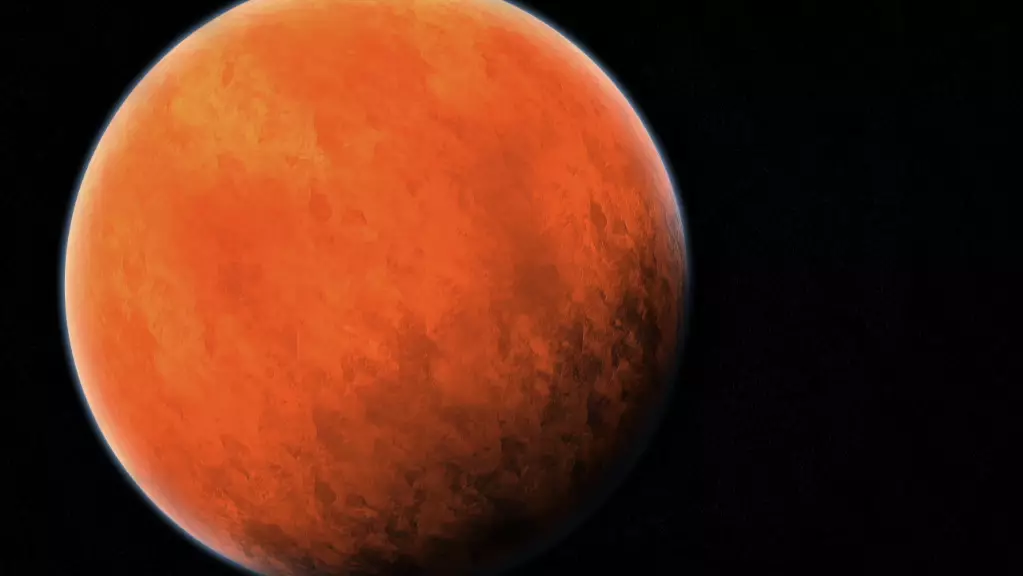
Mars is set to be the closest it will be to Earth for another 15 years - so get outside and have a gawp at it.
The Red Planet is making its close approach this week, reaching its nearest distance of 38.6 million miles (62.07 million kilometres) on 6 October.
That might sound like, well, millions of miles away, but it's close enough that you should be able to see it with the naked eye - no eye dressing required.
Advert
The planet gets 'close' like this every two years during 'opposition', when Mars is on the opposite side of the Earth to the Sun. This year's peak opposition will be on 13 October, but Mars will be closer on 6 October. That might sound confusing, but basically we don't have symmetrical circular orbits on the same plane, hence this day of opposition isn't when we're closest.
How close we get varies due to our respective planets' differing orbits, and for this reason, we will not get as close as we did during the 2018 approach, when we were 35.78 million miles (57.59 million km) away.
Before that Mars made its closest approach in 60,000 years in 2003, when it was 34.65 million miles (55.76 million km) away.
Advert
Still, don't get upset that we won't reach the closeness of 2003 or 2018, as we ain't getting this near again until September 2035.
As EarthSky explains: "Earth swings between Mars and the Sun every other year, at progressively later dates. Earth will next lap Mars on 8 December, 2022. Its closest approach to Earth that year will be 1 December, 2022.
"After that, Earth will next lap Mars on 16 January, 2025, but its closest approach will come on 12 January, 2025. At both of those oppositions of Mars - and at every opposition for some years to come - Mars will appear fainter, and fainter, in our sky. That's because those oppositions will happen closer and closer to Mars' aphelion date [farthest distance from the Sun].
"In the year 2027, Mars' opposition comes on 19 February, 2027, and Mars sweeps closest to Earth on 20 February, 2929. At a distance of 63.02 million miles (101.42 million km), this will present Mars's most distant opposition in the 21st Century (2001 to 2100).
Advert
"Mars reaches aphelion - it farthest distance from the sun - on 2 March, 2027. So enjoy Mars in October 2020! You won't see it this bright again until September 2035."
If you want to make the most of this opportunity, you're looking for the bright reddish looking dot, which should have a steadier glow than the surrounding stars.
Don't get too upset either if it's really cloudy where you are on this once in 15 years night, because Mars should be shining bright throughout the month.
Featured Image Credit: PATopics: World News, mars, space
